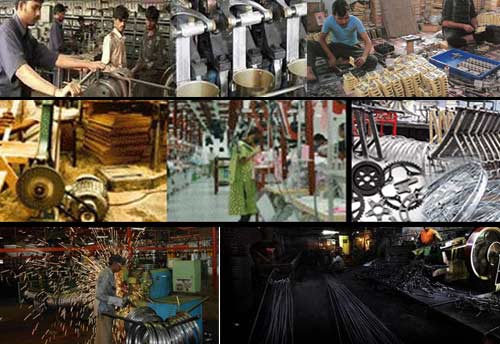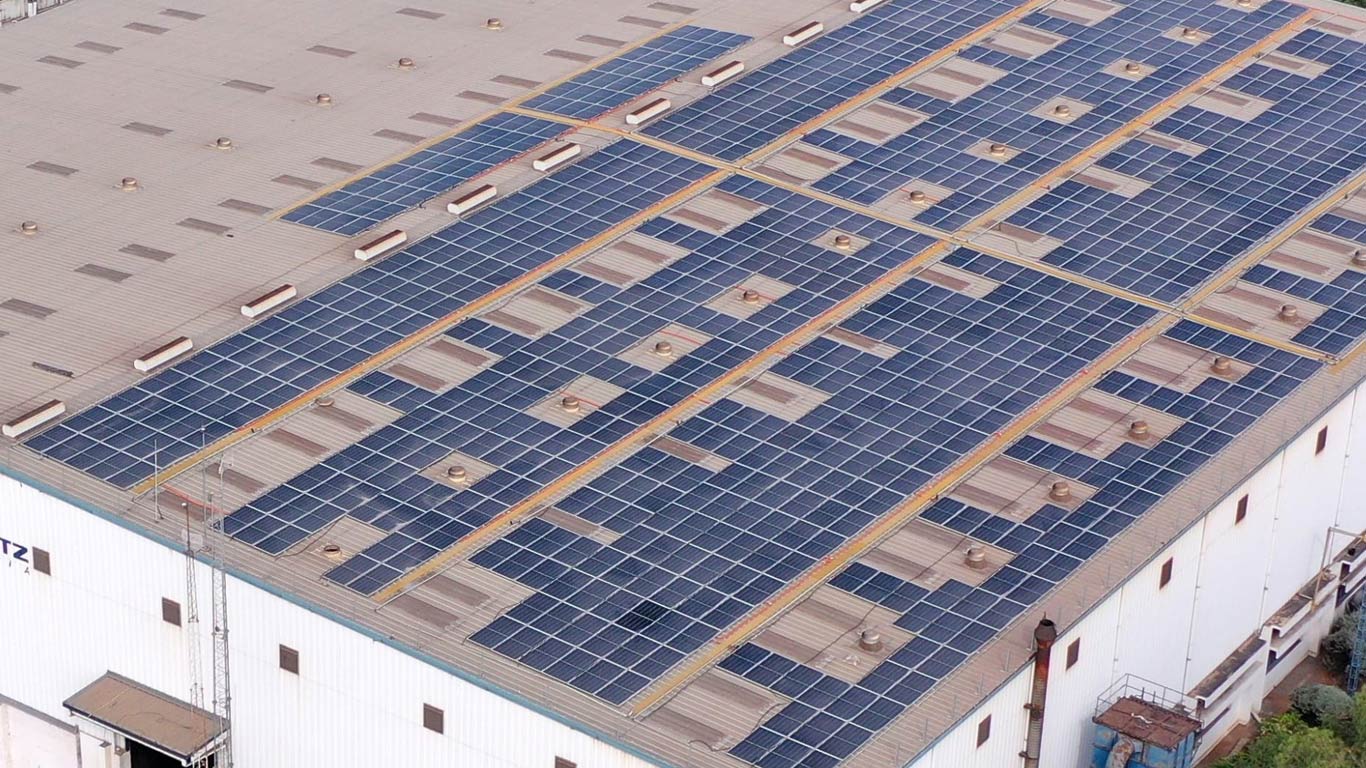Stress in MSMEs is seen rising
Updated: Oct 20, 2021 09:28:52am

Stress in MSMEs is seen rising
New Delhi, 20 Oct (KNN) According to a report by CRISIL the stressed assets of MSMEs are expected to touch 18 per cent by March 2022.
The report mentions that the slowdown is partly due to the overall macro climate, impacted by the pandemic, which has hampered deal completion and raised investor risk aversion, a few structural tendencies are also at play.
Firstly, due to the strict provisioning guidelines for selling banks on holding SRs, banks prefer to retain only a small portion of SRs for assets sold. ARCs, on the other hand, typically hold only the regulator-mandated 15% of SRs. This has created deficit that must be filled either by increasing the quantum of SRs held by ARCs or by attracting external co-investors.
This is a notable change from the past when practically all SRs were subscribed to by either selling institutions or ARCs until fiscal 2018. Due to some big assets that attracted investor interest, the share of external investors in cumulative SRs issued climbed sharply to 12% as of March 31, 2019, from 3% as of March 31, 2018, with the amended provisioning guidelines coming into effect. The increase, however, has not continued at the same rate (see Annexure 2), and co-investors have been choosy. This has contributed to the growth challenges faced by ARCs in fiscal years 2020 and 2021.
Second, unlike a few years ago, lenders now have multiple resolution and enforcement frameworks to choose from, and they are more actively reviewing and implementing them. Many lenders have preferred resolution processes under the Insolvency and Bankruptcy Code (IBC). Another favoured option has been the RBI's Prudential Framework for Resolution of Stressed Assets, introduced in June 2019, which allows lenders to resolve stressed assets outside of the court system.
“In light of this, I anticipate the stressed assets market will be segmented, with distinct priority areas for different entities in the resolutions space. The placement of each player will be determined by the access to funding and capital, debt aggregation capability, and operational infrastructure,” said Krishnan Sitaraman, Senior Director & Deputy Chief Ratings Officer, CRISIL Ratings.
Further, smaller businesses are facing enormous pressure owing to the Mudra loans hit by the pandemic as compared to larger businesses.
In 2019, the Reserve Bank of India (RBI) had pressed on the rising levels of stress in Mudra loans, and raised concerns about the growing level of NPAs among these borrowers.
The three categories of loans under the Pradhan Mantri MUDRA Yojana scheme are Shishu (less than INR 50,000), Kishore (between INR 50,000 and INR 5 lakh) and Tarun (over INR 5 lakh and up to Rs10 lakh). The agency Mudra offers refinance to commercial banks, non-banking financial companies and microfinance institutions against loans to micro enterprises.











